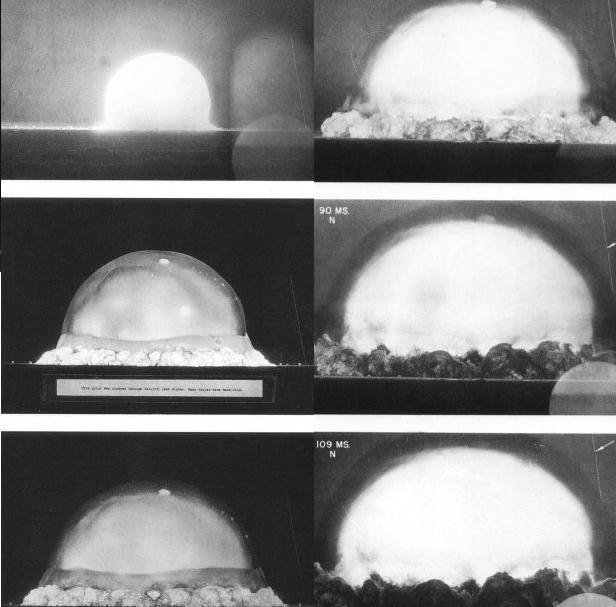This is your morning Open Thread. Pour your favorite beverage and review the past and comment on the future.
Find the past “On This Day in History” here.
Click on images to enlarge.
June 24 is the 175th day of the year (176th in leap years) in the Gregorian calendar. There are 190 days remaining until the end of the year.
On this day in 1957, the U.S. Supreme Court rules that obscenity is not protected by the First Amendment.
Roth v. United States, along with its companion case, Alberts v. California, was a landmark case before the United States Supreme Court which redefined the Constitutional test for determining what constitutes obscene material unprotected by the First Amendment.
Under the common law rule that prevailed before Roth, articulated most famously in the 1868 English case Hicklin v. Regina, any material that tended to “deprave and corrupt those whose minds are open to such immoral influences” was deemed “obscene” and could be banned on that basis. Thus, works by Balzac, Flaubert, James Joyce and D. H. Lawrence were banned based on isolated passages and the effect they might have on children.
Samuel Roth, who ran a literary business in New York City, was convicted under a federal statute criminalizing the sending of “obscene, lewd, lascivious or filthy” materials through the mail for advertising and selling a publication called American Aphrodite (“A Quarterly for the Fancy-Free”) containing literary erotica and nude photography. David Alberts, who ran a mail-order business from Los Angeles, was convicted under a California statute for publishing pictures of “nude and scantily-clad women.” The Court granted a writ of certiorari and affirmed both convictions.
Roth came down as a 6-3 decision, with the opinion of the Court authored by William J. Brennan, Jr.. The Court repudiated the Hicklin test and defined obscenity more strictly, as material whose “dominant theme taken as a whole appeals to the prurient interest” to the “average person, applying contemporary community standards.” Only material meeting this test could be banned as “obscene.” However, Brennan reaffirmed that obscenity was not protected by the First Amendment and thus upheld the convictions of Roth and Alberts for publishing and sending obscene material over the mail.
Congress could ban material, “utterly without redeeming social importance,” or in other words, “whether to the average person, applying contemporary community standards, the dominant theme of the material taken as a whole appeals to the prurient interest.”
With the Court unable to agree as to what constituted obscenity, the Justices were put in the position of having to personally review almost every obscenity prosecution in the United States, with the Justices gathering for weekly screenings of “obscene” motion pictures (Black and Douglas pointedly refused to participate, believing all the material protected). Meanwhile, pornography and sexually oriented publications proliferated as a result of the Warren Court’s holdings, the “Sexual Revolution” of the 1960s flowered, and pressure increasingly came to the Court to allow leeway for state and local governments to crack down on obscenity. During his ill-fated bid to become Chief Justice, Justice Abe Fortas was attacked vigorously in Congress by conservatives such as Strom Thurmond for siding with the Warren Court majority in liberalizing protection for pornography. In his 1968 presidential campaign, Richard Nixon campaigned against the Warren Court, pledging to appoint “strict constructionists” to the Supreme Court.
In Miller v. California (1973), a five-person majority agreed for the first time since Roth as to a test for determining constitutionally unprotected obscenity, superseding the Roth test. By the time Miller was considered in 1973, Brennan had abandoned the Roth test and argued that all obscenity was constitutionally protected, unless distributed to minors or unwilling third-parties.

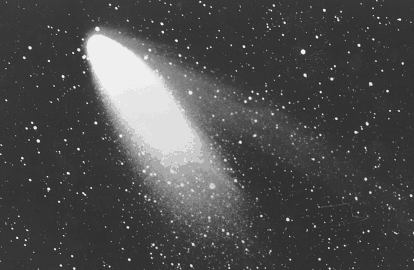

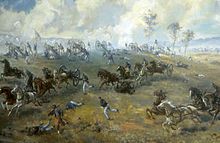
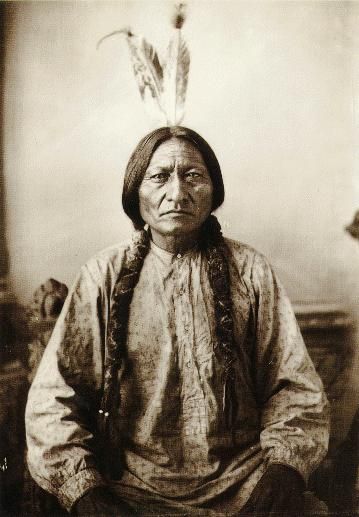
 On this day in 1848, a two-day
On this day in 1848, a two-day 
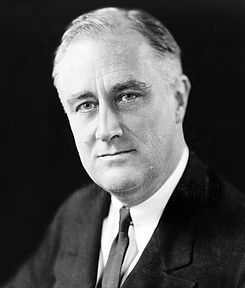 Roosevelt was born January 30, 1882, in Hyde Park, New York, and went on to serve as a New York state senator from 1911 to 1913, assistant secretary of the Navy from 1913 to 1920 and governor of New York from 1929 to 1932. In 1932, he defeated incumbent Herbert Hoover to be elected president for the first time. During his first term, Roosevelt enacted his New Deal social programs, which were aimed at lifting America out of the Great Depression. In 1936, he won his second term in office by defeating Kansas governor Alf Landon in a landslide.
Roosevelt was born January 30, 1882, in Hyde Park, New York, and went on to serve as a New York state senator from 1911 to 1913, assistant secretary of the Navy from 1913 to 1920 and governor of New York from 1929 to 1932. In 1932, he defeated incumbent Herbert Hoover to be elected president for the first time. During his first term, Roosevelt enacted his New Deal social programs, which were aimed at lifting America out of the Great Depression. In 1936, he won his second term in office by defeating Kansas governor Alf Landon in a landslide.
